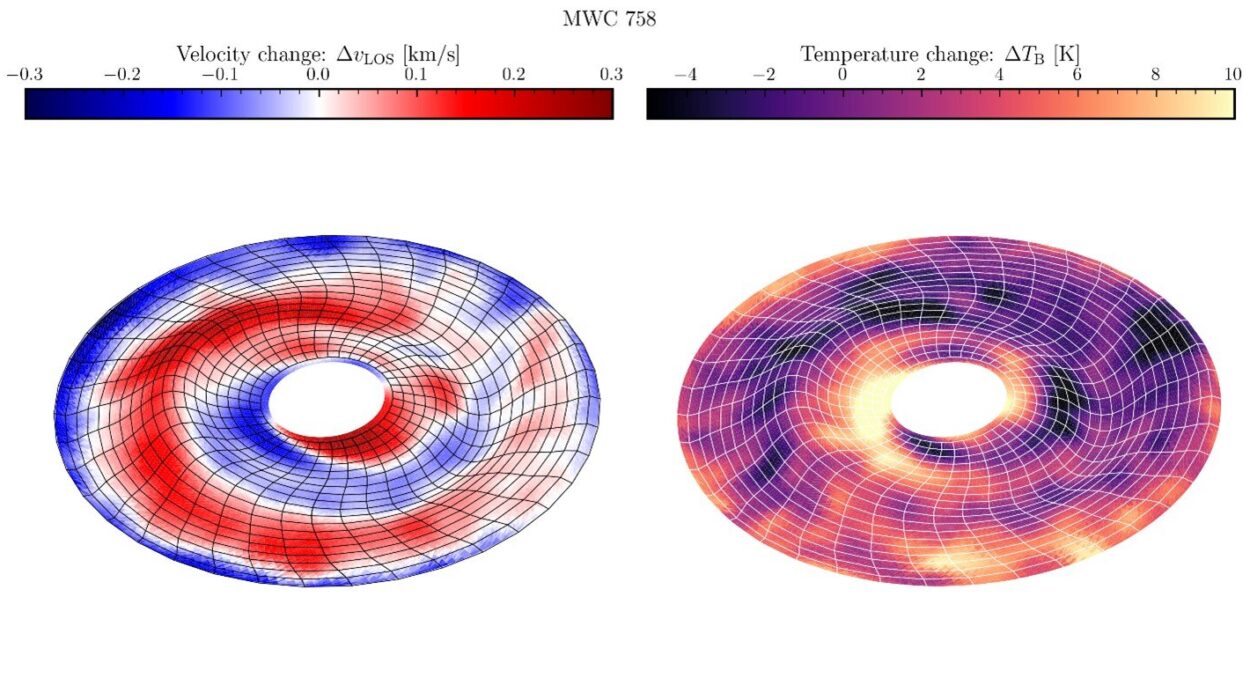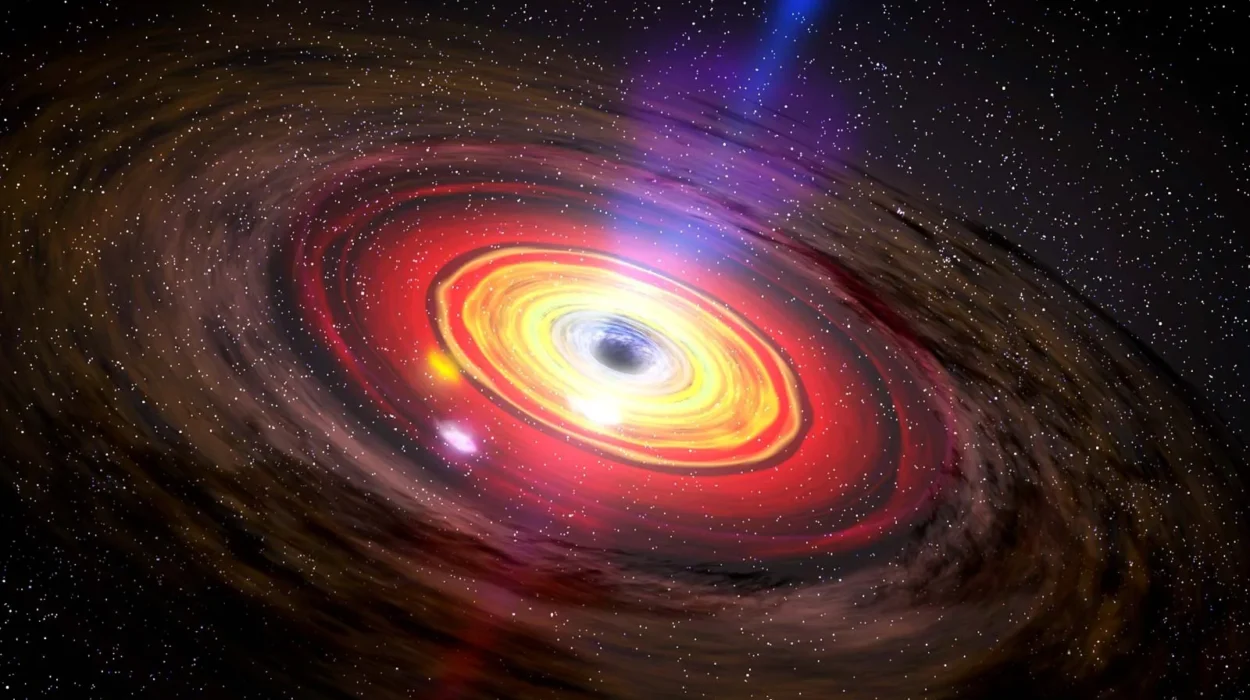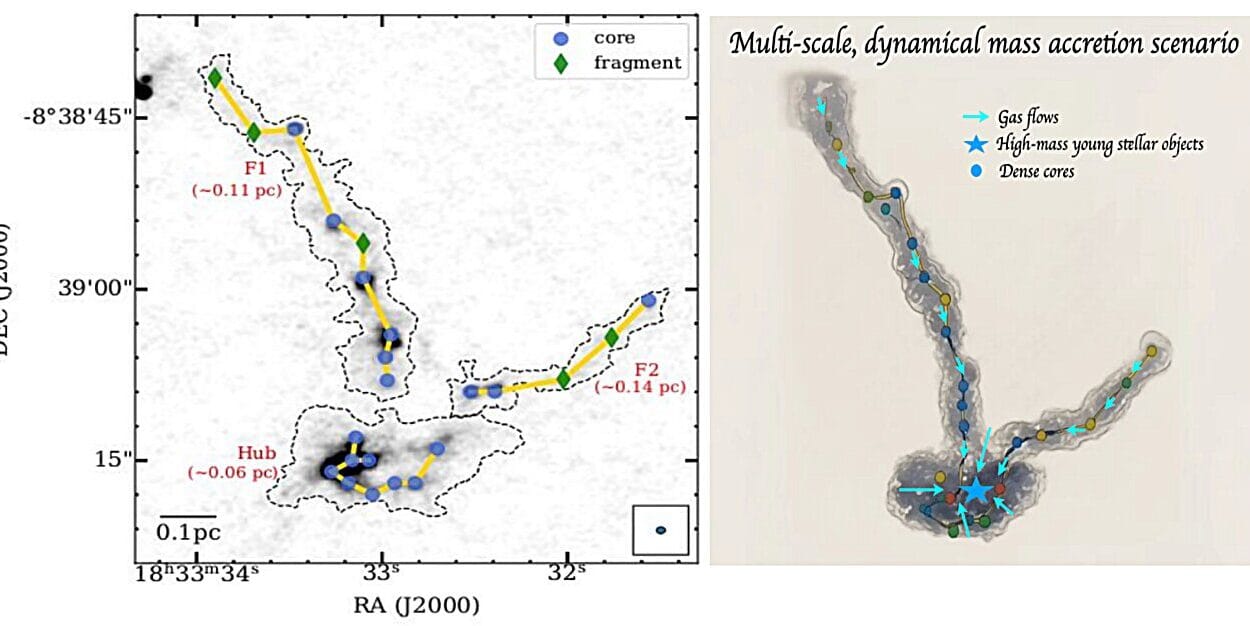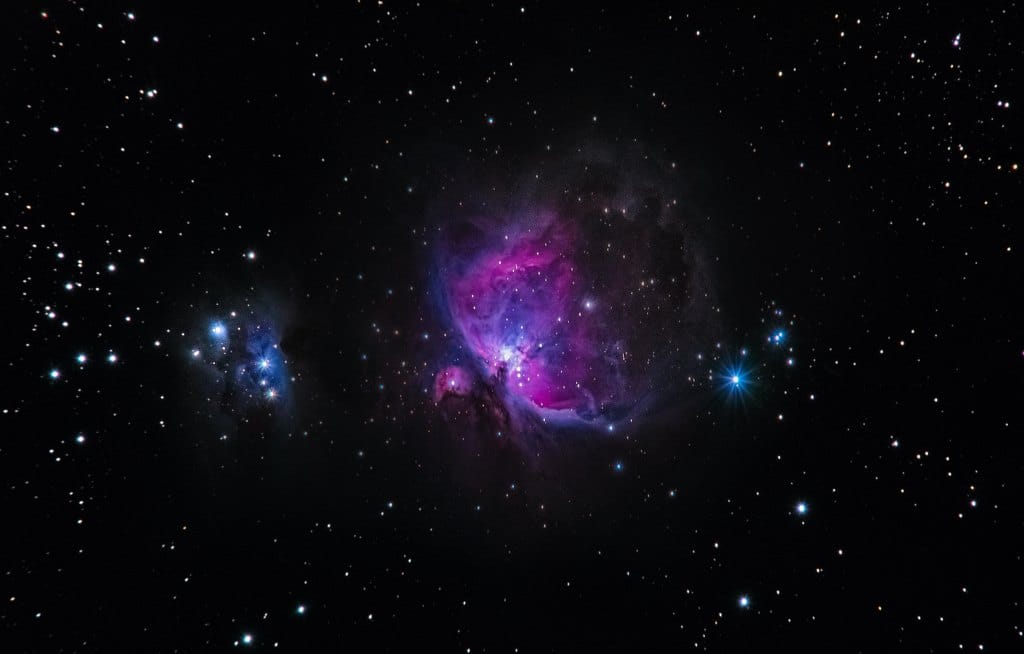The Oort cloud, a vast, icy region of the solar system far beyond the orbit of Neptune, is often imagined as a cloud of icy bodies scattered across the far reaches of our solar system, orbiting the Sun at distances up to 100,000 astronomical units (AU). An AU, the distance between the Earth and the Sun, is about 93 million miles (150 million kilometers). The Oort cloud, named after the Dutch astronomer Jan Oort, is believed to be the source of long-period comets—comets that have orbits taking them far out into space before making a dramatic return to the inner solar system. These comets sometimes delight us with spectacular displays in our skies, yet they remain largely mysterious and invisible most of the time.
While we often think of the Oort cloud as a distant, barely-interacting collection of iceballs drifting in space, new research is shedding light on its structure and how it’s influenced by forces much larger than the Sun itself. A recent paper by scientists from the Southwest Research Institute and the American Museum of Natural History, posted on the arXiv preprint server, provides new insights into the Oort cloud’s inner region—the part that lies between 1,000 to 10,000 AU from the Sun. This is significantly closer than the outer regions, which stretch out between 10,000 AU and 100,000 AU.
The research focuses on what is known as the “inner Oort cloud.” This part of the cloud is thought to be slightly more populated than its outer counterpart. Scientists believe that trillions of icy bodies could be scattered throughout the Oort cloud, but we only ever see the ones that are nudged by external forces into the inner solar system, where they become long-period comets. These comets, with their elliptical orbits, bring with them the possibility of new and exciting celestial phenomena, though their passage through the solar system is relatively infrequent.
The Galactic Influence
For years, scientists have tried to understand the structure of the Oort cloud, which is no easy task. While the gravitational pull of the Sun and the planets certainly plays a role in shaping the cloud, the galaxy itself exerts a much more profound influence on the distant icy bodies. This force is known as the galactic tide, a concept that refers to the gravitational pull exerted on our solar system as it moves through the galaxy. Just as Earth’s Moon affects the ocean tides with its gravitational pull, the galaxy’s massive objects—such as stars, black holes, and other galaxies—influence the solar system’s outer reaches, affecting the positioning of objects in the Oort cloud.
For most objects in the solar system, such as the planets, the gravitational pull from the Sun is dominant, drowning out the galactic tide. However, the objects in the Oort cloud are far enough from the Sun that they are more susceptible to the tidal forces of the galaxy, which can subtly alter their orbits over time.
In the new research, David Nesvorný, a leading author of the study, and his team used advanced computer modeling and simulations to better understand how the Oort cloud is structured and influenced by these galactic forces. This is no easy task, as the Oort cloud is far too distant for direct observation, and our limited observations of long-period comets only give us small snapshots of this distant region.
The team’s analysis suggests that the Oort cloud may not just be a diffuse, spherical cloud of icy bodies as traditionally imagined. Instead, the cloud may have a much more structured appearance, resembling a spiral disk, about 15,000 AU across, with a tilt of about 30 degrees relative to the plane of the solar system’s ecliptic. What’s even more surprising is the discovery of two spiral arms within this disk structure, which makes the Oort cloud look, at least in mathematical terms, a lot like a miniature galaxy.
The Kozai-Lidov Effect and Oort Cloud’s Shape
The key to understanding the spiral arms lies in a phenomenon known as the Kozai-Lidov effect, which describes a peculiar set of orbital dynamics that occur when an object is subjected to a gravitational force from a distant body. In the case of the Oort cloud, the galactic tide induces a form of oscillation in the orbits of distant icy bodies, affecting their trajectories in a way that takes time to manifest.
These “Kozai oscillations” are a type of orbital resonance that causes the objects in the Oort cloud to periodically change their orbits. This long-term effect from distant galactic objects ultimately shapes the structure of the Oort cloud, creating the spiral arms. The key finding from Nesvorný’s team is that these oscillations, driven by the galactic tide, play the primary role in determining the Oort cloud’s shape. This is a significant departure from previous models that placed more emphasis on the gravitational effects of nearby stars and planets in the solar system.
Interestingly, the gravitational influence of the Sun, or even nearby stars, seems to have a negligible effect on shaping the inner Oort cloud. Instead, it is the long-range tidal forces from the galaxy’s center—where most of the galaxy’s mass resides—that sculpt this distant region.
Challenges in Observing the Oort Cloud
Despite the fascinating theoretical insights offered by these new models, one major question remains: How can we observe and confirm the structure of the Oort cloud? As of now, no observational methods have been developed to directly capture images or gather detailed data on this distant region. The Oort cloud lies far beyond the reach of most existing telescopes, and even the most advanced observatories would struggle to detect individual objects at such extreme distances.
In the paper, the researchers suggest two potential ways to study the Oort cloud’s spiral structure: the first would involve observing a large number of objects within the inner Oort cloud directly. This approach would require tracking numerous long-period comets over time and hoping they provide enough data to reveal the overall structure of the cloud. The second method would involve distinguishing the radiation from objects in the Oort cloud from the surrounding background and foreground sources. This technique, known as separation of radiation, could, in theory, help identify the unique properties of objects in the Oort cloud, although it’s unlikely that such resources are currently dedicated to this specific task.
Both methods face significant practical challenges, as they would require extraordinary observational resources and advanced technology. However, the authors argue that if we want to learn more about the potential for new comets to come into the solar system and their potential impact on Earth, it would be wise to start planning such observations now. Understanding the structure of the Oort cloud could open a new chapter in our exploration of the outer solar system, and could even offer insights into how the solar system interacts with the broader galaxy.
Conclusion
The Oort cloud remains one of the least understood and most intriguing parts of our solar system. While we know that it contains billions, if not trillions, of icy bodies, the full scope of its structure and behavior has remained a mystery for years. Recent research from the Southwest Research Institute and the American Museum of Natural History has made significant strides in understanding the shape and dynamics of the Oort cloud, uncovering its spiral structure influenced by the galactic tide and Kozai-Lidov oscillations.
This new model not only refines our understanding of the Oort cloud but also offers a fresh perspective on the forces at play far beyond our Sun’s reach. As we continue to study long-period comets and other distant objects in the solar system, new technologies may eventually allow us to observe the cloud directly and learn even more about its formation, structure, and role in shaping the solar system’s history.
In the coming years, as our technological capabilities grow, it might become possible to observe the inner Oort cloud and its fascinating, spiral structure—providing a glimpse into the farthest reaches of our solar system and the forces that shape it.
Reference: David Nesvorny et al, A Spiral Structure in the Inner Oort Cloud, arXiv (2025). DOI: 10.48550/arxiv.2502.11252






